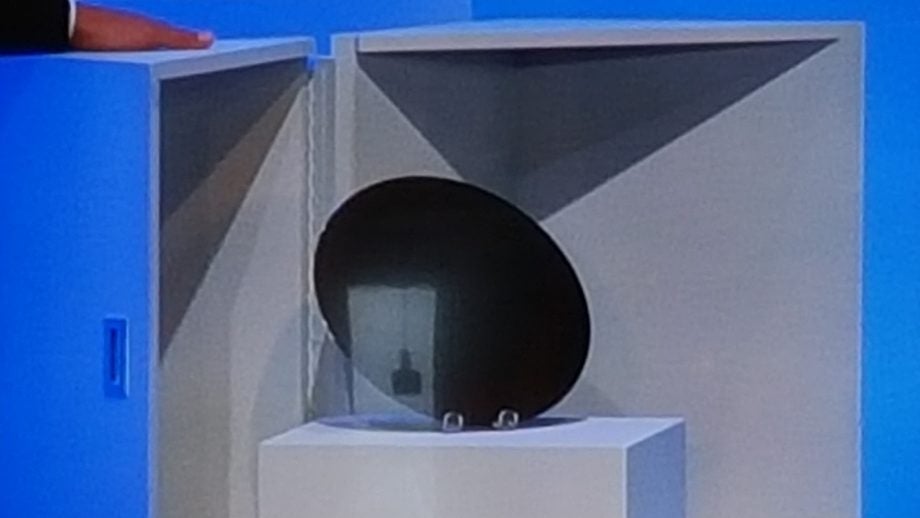3D Xpoint memory set to replace both DRAM and NAND

Intel and Micron have joined forces to announce a brand new memory technology that’s set to replace both the DRAM and NAND solid state storage we currently use in our PCs.
Called 3DXpoint, the technology uses a new method of data storage that doesn’t rely on transistors but rather changes the state of an undisclosed new material to provide extremely long-lasting data retention that’s also very fast.
How fast? 1000x the speed of the current NAND technology used in SSDs according to Intel. That’s a little short of the fastest DRAM technology but Intel and Micron still foresee systems and applications where 3DXpoint will be the only memory used.
Crucial to the new technology is that it will be stackable, like AMD”s HBM technology, allowing for extremely high-density memory. To this end the first anticipated product is expected to consist of two layers, with future products adding more.
As Intel’s Bob Crooke pointed out, this is the first new memory technology in a long, long time, with NAND dating back to 1989 and DRAM going all the way back to the 1960s.

Looking somewhat like a memory version of Intel’s FinFET processor technology 3D Xpoint stores data in thin columns of material interconnected by thin metal wires.
Data is stored by altering the state of the material, which changes its resistance. Because there’s no need to hold onto electrons like in most existing memory technologies the data retention is huge, with it lasting 1000x longer than NAND, according to Intel/Micron.
Intel and Micron presented the first wafer of the new technology – which is being produced at a facility in Utah.
The companies are remaining quiet on exactly what sort of products we’ll
see the new technology arrive in but have committed to a 2016 release date for a product with a 128GB capacity.

